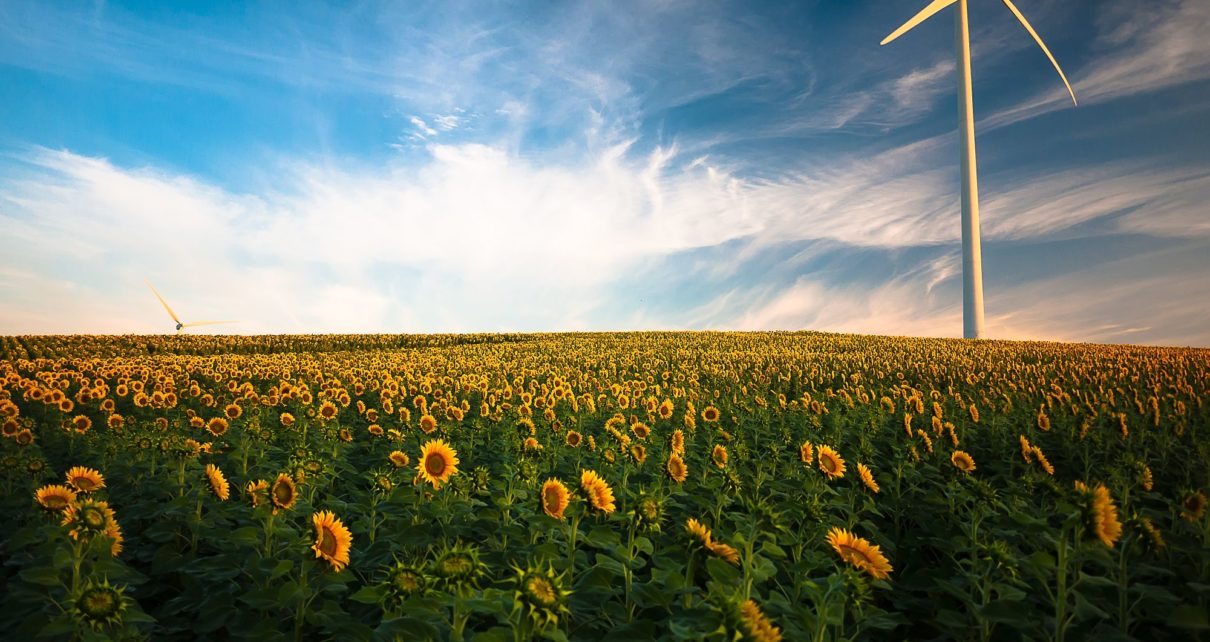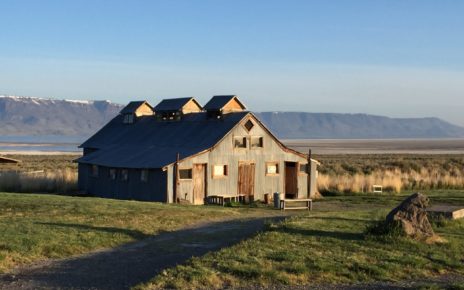(Portland, OR) –Work will begin in summer 2013 to restore Portland Parks & Recreation’s Westmoreland Park’s wetland area and Crystal Springs Creek.
Thousands of plantings, including 389 native trees, are planned for the park. Additionally, boardwalks and overlooks, seating, paths, lighting, and picnic areas will be included as detailed in the 2004 Westmoreland Park Master Plan. The Portland Bureau of Environmental Services, U.S. Army Corps of Engineers, Portland Parks & Recreation, TriMet, and Metro are partners in the Westmoreland Park/Crystal Springs Restoration Project.
The goal of the Westmoreland Park/Crystal Springs Restoration Project is to restore Crystal Springs Creek, and support recovery of endangered salmon and trout species. The restoration includes planting wetland habitat for native waterfowl, amphibians and mammals, and reinstalling recreational facilities. The partners will restore the stream channel in the park, plant native vegetation, and improve the trailhead.
“Restoring ecosystems and improving watershed health is an important facet of the Corps mission,” said Col. John Eisenhauer, commander of the Corps of Engineers’ Portland District. “Most of our past restoration efforts have been in rural or suburban settings, so it is exciting to have this opportunity to bring salmon back into the city, in a way that is good for the fish and the neighborhood.”
“This project is an important part of our work to ensure that native salmon will always return to this important urban stream,” says Environmental Services Director Dean Marriott. “Enhancing fish habitat is key to the recovery of threatened salmon and trout, and this project improves their chances of recovery.”
The project will restore salmon runs, allowing access for fish for the first time since the 1970s. When work is complete, salmon will once again pass through the cool, clear waters of Crystal Springs Creek, which flows through Westmoreland Park.
“We’ll be seeing rejuvenated spawning routes and new habitat for thousands of fish,” notes Portland Mayor Charlie Hales. “It’s wonderful to embrace this terrific partnership and realize these efforts to get the wetlands back to what nature intended.”
The project will remove the Westmoreland Park duck pond, a source of heat and sediment. In place of the duck pond, a wetland, planted with native trees and shrubs, will shade and cool the creek and improve wildlife habitat.
Fourteen trees are being removed for the project. Nine of the trees to be removed are non-native. Many of the trees to be removed are in failing health; these trees were not planted in an appropriate environment. In their place will be 389 trees (specifically chosen to thrive in this location) and nearly 15,000 plantings.
“I am thrilled we will be able to create access for salmon once again in this part of the city, while preserving well over a hundred existing trees,” says Portland Parks & Recreation Director Mike Abbaté. “We will do everything we can to preserve today’s urban canopy while planting hundreds of new trees that will expand it even further as they grow. This is an exciting chance to improve both valued natural habitat and recreation opportunities for kids and adults alike.”





